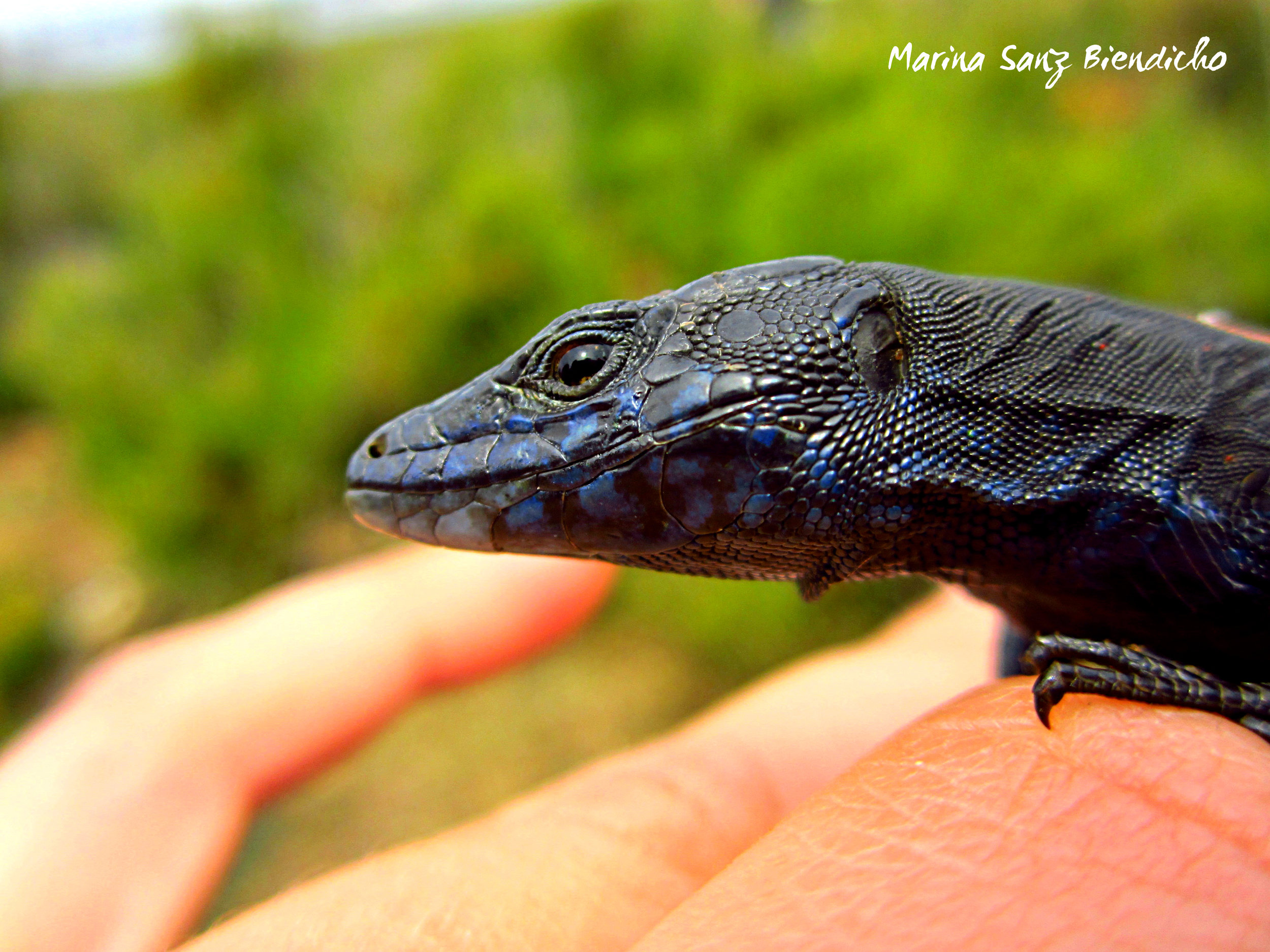Photo by emmapatsie licensed under CC BY-NC-ND 2.0
On the Balearic Islands of Spain, an interesting relationship has developed between a plant and an animal. What's more, this relationship seems to have developed relatively recently in the history of these two species. The players in this story are the dead horse arum (Helicodiceros muscivorus) and an unsuspecting lizard known as Lilford’s wall lizard (Podarcis lilfordi).
Podarcis lilfordi is a lot like other fence lizards. They spend their days basking in the sun’s warmth and hunting for insect prey. They also have a tendency to feed on nectar and pollen, making them important pollinators of a handful of plant species around the island. For the dead horse arum, however, its not about pollination.
Like most members of its family, the dead horse arum relies on trickery for sex. As its common name suggests, the dead horse arum both looks and smells like rotting meat. Unsuspecting flies looking for a meal and a place to lay their eggs find the dead horse arum quite attractive in this regard. The plant even steps up its game a bit by producing its own heat. This helps volatilize its smell as well as to make it a cozy place worth investigating. Studies have found that during the peak flowering period, the inflorescence can be upwards of 24 °C (50 °F) warmer than its surroundings.
Photo by Marina Sanz Biendicho licensed under CC BY 2.0
As one would expect, this has caught the attention of the cold blooded lizards. Enticed by the heat source, lizards basking on the spathe quickly realize that the plant is also a great place to hunt. Flies attracted to and trapped by the flowers make an easy meal. On the surface this would seem counterproductive for the dead horse arum. What good is an animal hanging around that eats its pollinators?
The relationship doesn't end here though. At some point in recent history, a handful of lizards figured out that the seeds of the dead horse arum also make a great meal. This behavior quickly spread through the population to the point that Podarcis lilfordi regularly break open the seed heads and consume the fleshy berries within. Here's the catch, seeds that have passed through a lizards gut are twice as likely to germinate.
Researchers have been studying this interaction since 1999. Since then, the dead horse arum has gone from being relatively rare on the island (~5,000 individuals per hectare) to a density of roughly 30,000 individuals per hectare during the 6 year span of the study! Even though the lizards eat their pollinators, the dead horse arums of Aire Island have nonetheless benefited from interactions with their cold blooded companions.
Sadly, this novel relationship may not last too long. The introduction of cats and rats to the islands has drastically reduced the population of these lizards to the point that the IUCN has listed them as an endangered species. Research will be needed to see if the dead horse arum follows in their wake.

